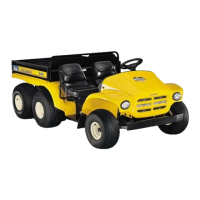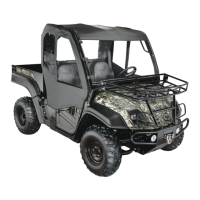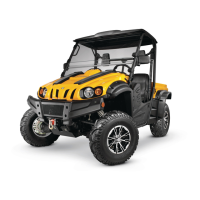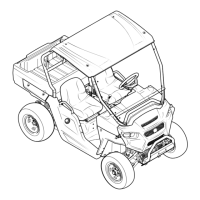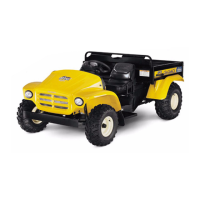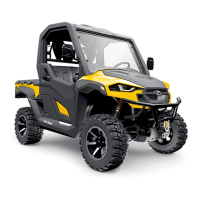Chapter 9 - Electrical
297
Series/parallel
• Series/parallel circuits have some sections wired
in series and some in parallel. See Figure 9.49.
What can go wrong?
There are three types of failures that can occur in an
electrical circuit:
1. Shorts
2. Opens
3. Increased resistance
Shorts
• A short is when electricity takes a path that it
was not designed to take by-passing a compo-
nent in the circuit.
• An common example of a short is a wire with
insulation that chafed through, exposing the cop-
per conductor. The bare copper will short the cir-
cuit when it touches a ground source.
Opens
• An open is when current can not complete its
path back to the power source.
• A common example of this is a burned-out lamp
(light bulb) in a series circuit.
Figure 9.49
Battery
Lamp Switch
Lamp
Lamp
Lamp
Increased resistance
• Increased resistance is as the name implies, an
increase in resistance.
• Causes: This can be caused by loose or cor-
roded connections, or connections that are insu-
lated by grease, paint, or coatings. Fasteners
finished in oil/phosphate or black oxide are bad
conductors. Use bright fasteners (zinc coated).
• Resistance can be problem on the ground side
as well as the hot side of a system: remember
that electricity must complete a loop (circuit)
back the battery post. Any resistance in that
loop will interfere with the flow.
• Arguably the most common electrical failure,
and the hardest to find, increased resistance can
have more subtle symptoms than outright open
circuits. Many times effected circuits will still
partially function. It is not an open because
there is some current that can get through, but
the increase in resistance is enough to affect the
circuit.
4.The Tools: Equipment needed to diagnosis an elec-
trical system
• DVOM (Digital Volt-Ohm Meter)
• Wiring schematic or diagram
Equipment that may be useful:
• Fused jumper wires.
• Test light
• Self-powered continuity light
• Ammeter
• Battery charger
• Battery tester
• Battery jumper cables
• Hand tools to gain access to components.
• Flash light.

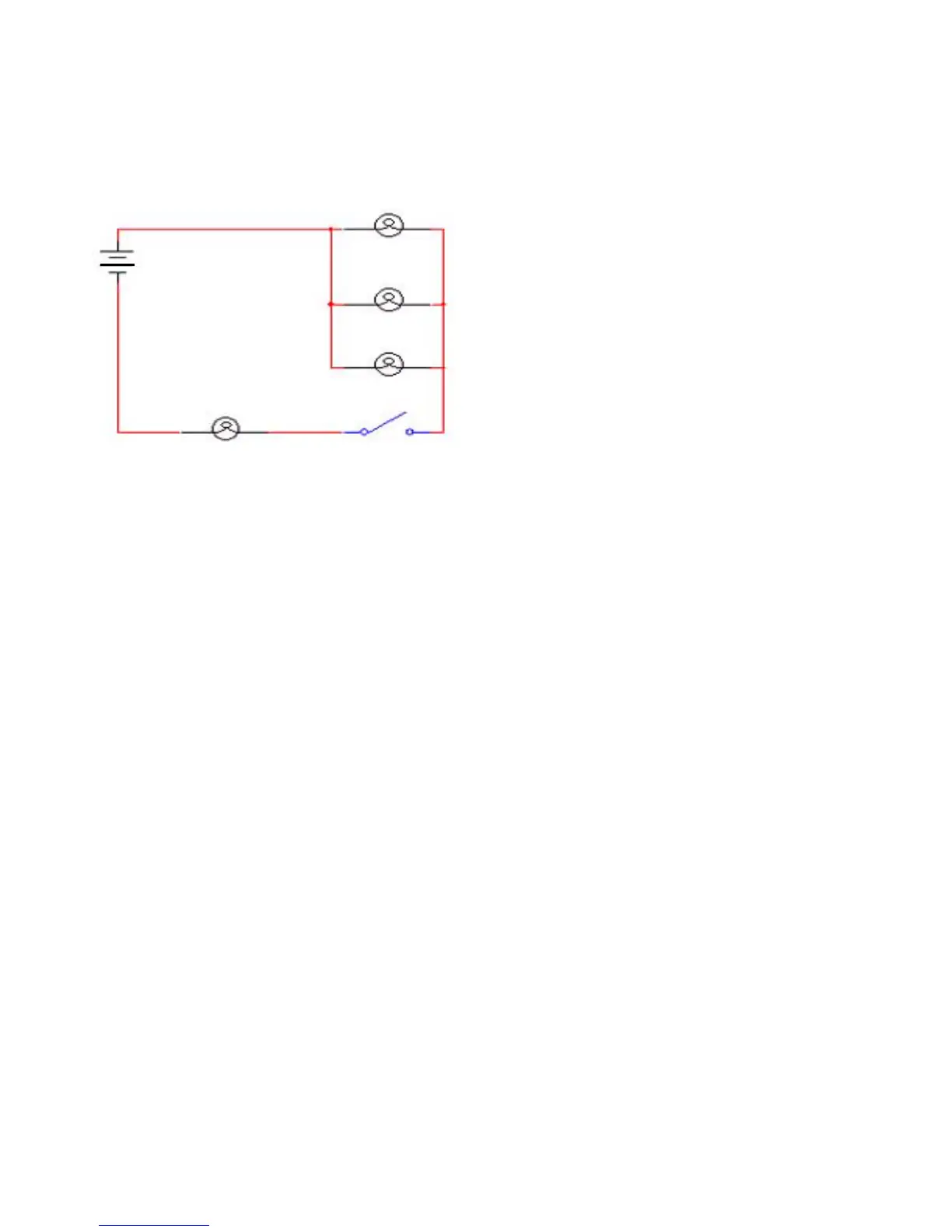